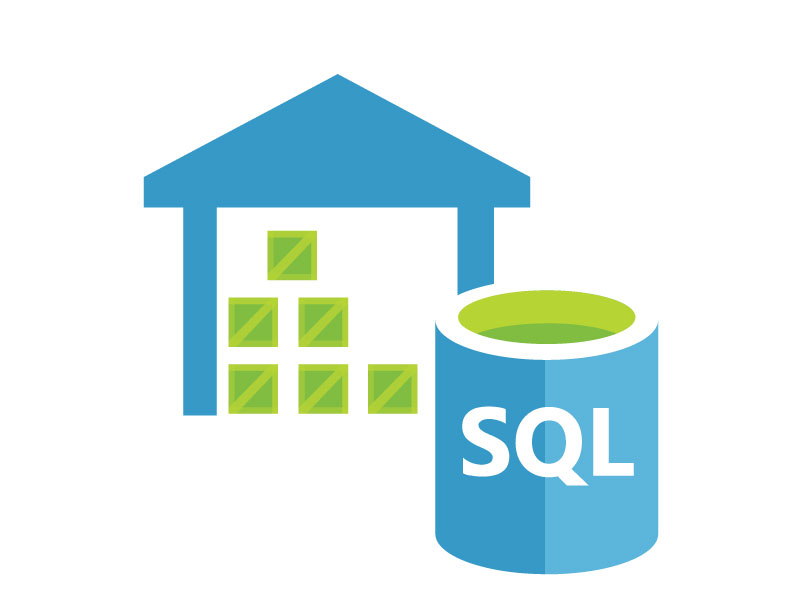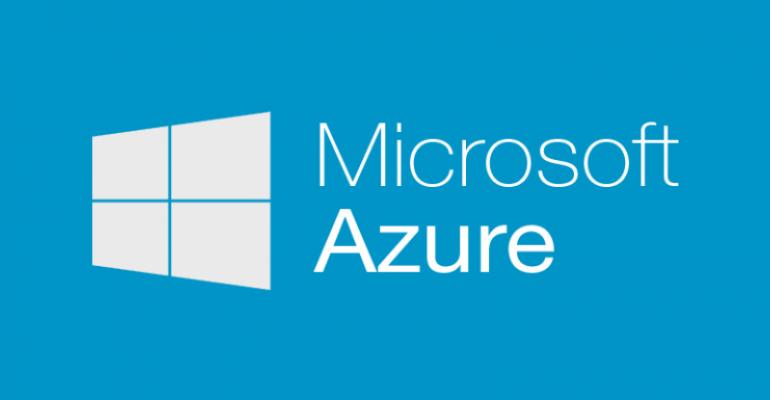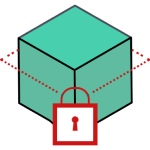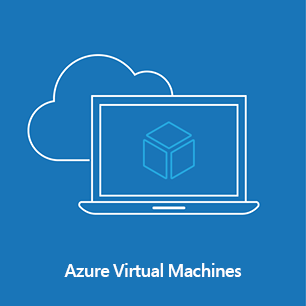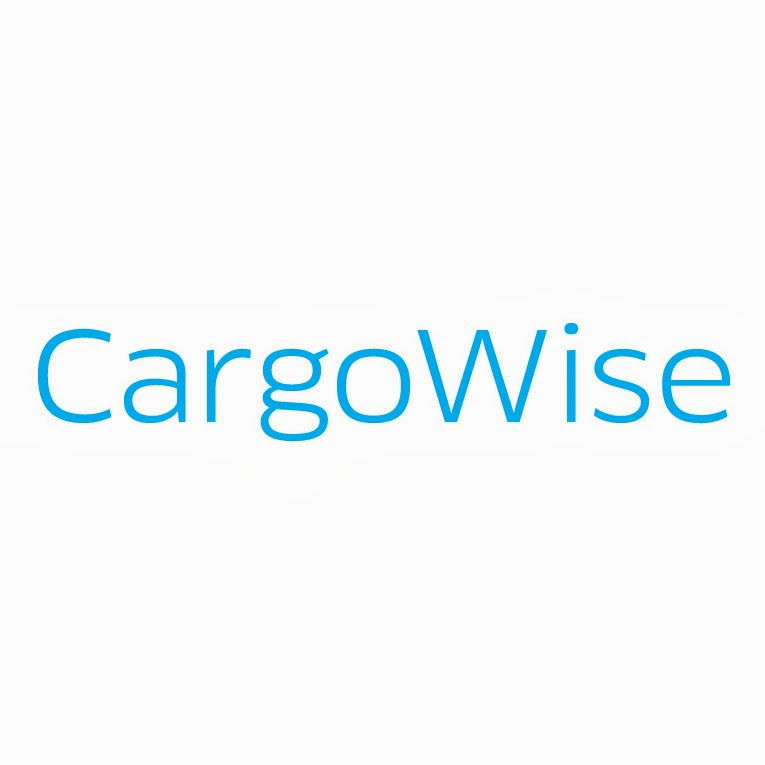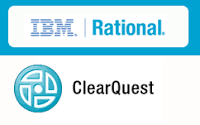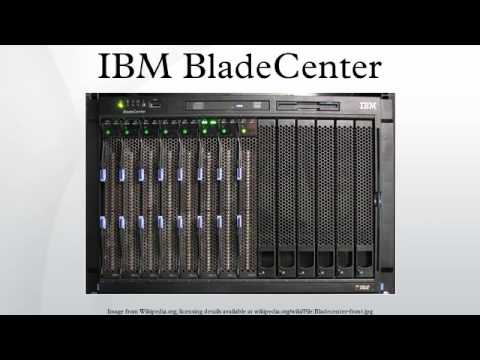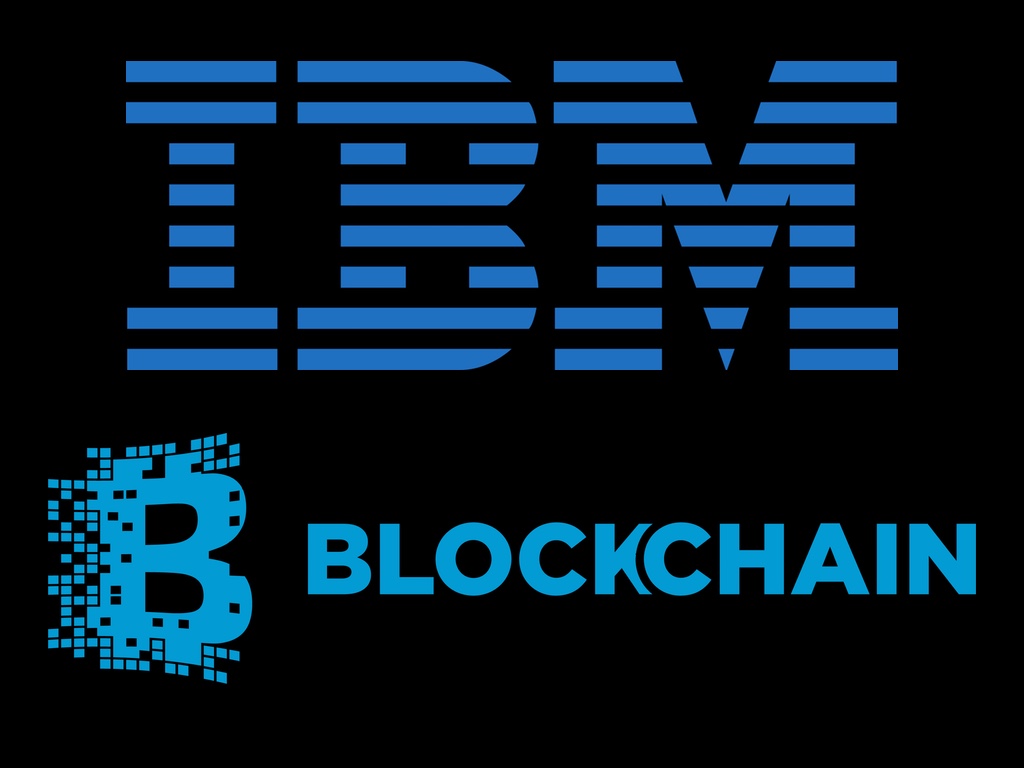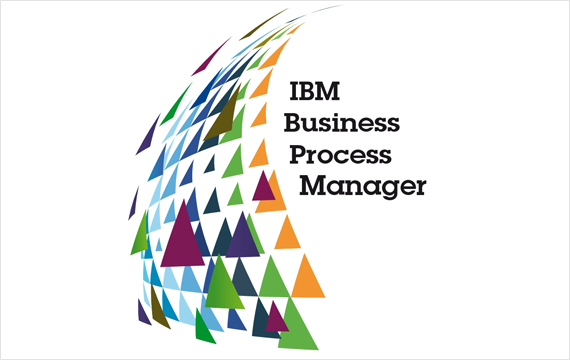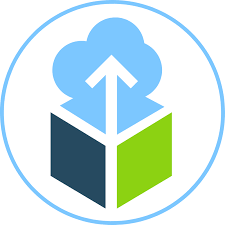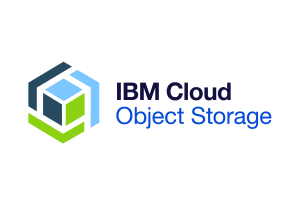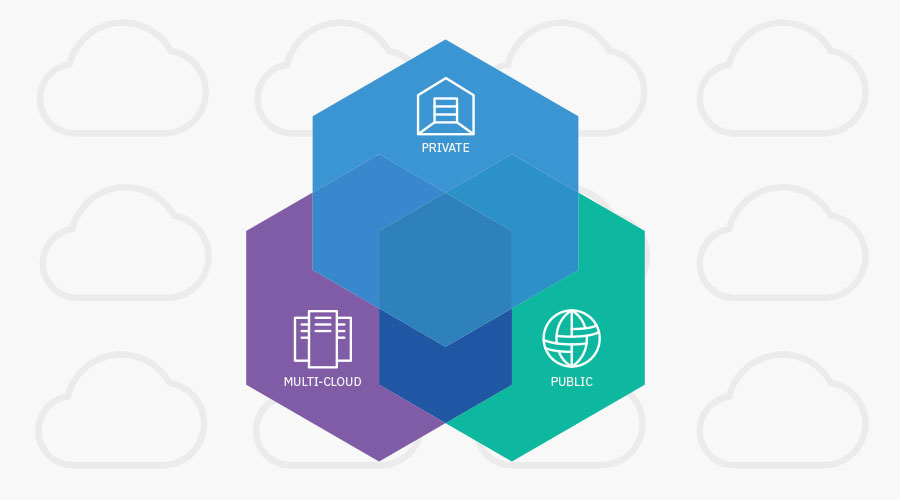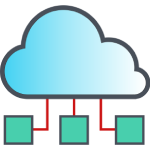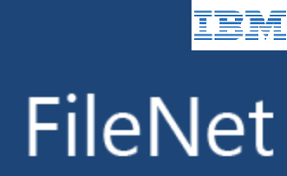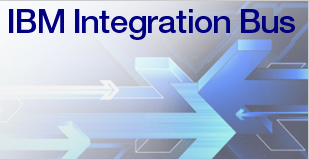View
Sorting
Products found: 108
Azure Data Warehouse
Create a single center for all your data, be it structured, unstructured or streaming data. Provide work of such transformational decisions, as functions of business analytics, reports, the expanded analytics and analytics in real time. To easily get started, take advantage of the performance, flexibility, and security of Azure's fully managed services, such as SQL Azure and Azure Databricks.
Get rid of worries
Built-in advanced security features include transparent data encryption, auditing, threat detection, integration with Azure Active Directory and virtual network endpoints. Azure services correspond to more than 50 industry and geographic certifications and are available worldwide in 42 regions to store your data wherever your users are located. Finally, Microsoft offers financially secured service level agreements to spare you any hassle.
Azure Resiliency
- Availability Zones
- Availability sets
- Virtual Machine Scale Sets (VMSS)
Azure Virtual Machines
Supporting Linux, Windows Server, SQL Server, Oracle, IBM, SAP and other platforms, Azure virtual machines provide the flexibility of virtualization for a wide range of computing solutions. All current-generation virtual machines include load balancing and autoscaling.
Azure Virtual Machines - is a proposal that includes various solutions, from an inexpensive B series to virtual machines with the latest GPU optimized for machine learning. It is designed to perform any workloads within any budget.
CargoWise
ClearQuest
Fast and Scalable Compute Resources
Virtual machine (VM) instances offer compute resources in many shapes, from a single OCPU to 24 OCPUs, catering to a variety of workloads and software architectures. All Oracle Cloud Infrastructure VM shapes support remote block storage, but the Dense I/O shapes also offer up to 25.6 TB of local NVMe SSD storage for applications requiring low latency, millions of IOPS, and high local storage capacity.
Bare metal instances support applications requiring intensive compute and large memory resources. You can build cloud environments with performance equal or better than other clouds or on-premises infrastructure. Bare metal provides customers with exceptional isolation, visibility, and control.
Accelerated computing requires consistently fast infrastructure across every service. With GPU instances you can process and analyze massive data sets more efficiently, making them ideal for complex machine learning (ML), artificial intelligence (AI) algorithms, and many industrial HPC applications.
IBM AI OpenScale
- Open-by-design. Integrate with common AI tools, frameworks, and environments across public, private, or on-prem.
- Trust, transparency and explainability. Provide explanations into how AI decisions are being made, and automatically detect and mitigate bias to produce fair, trusted outcomes.
- Automation of AI. Automate the AI application lifecycle, from AI-generated neural networks tailored to your data and workloads, to de-biasing technology that mitigates bias at runtime.
- Understand how AI applications reach decisions – AI OpenScale explains how AI recommendations are made in everyday business terms.
- Address bias in AI applications automatically – AI OpenScale continually monitors AI applications and prevents bias through a unique, powerful and automated de-biasing technology.
- Ensure AI applications are auditable – AI OpenScale logs every prediction, every model version, and all the training data used, together with all metrics to help businesses comply with regulations such as GDPR.
- Use AI to build AI – AI OpenScale addresses the short supply of human AI engineers by throwing AI at the problem. IBM's Neural Network Synthesis Engine (NeuNetS) will allow businesses to rapidly and automatically build neural networks – essentially to run AI – from scratch. NeuNetS will initially be available in AI OpenScale in beta.
- Manage and scale AI in an interoperable fashion – AI OpenScale can work with open source machine learning or deep learning models, such as Tensorflow, Scikitlearn, Keras and SparkML. It can also handle applications and models trained and hosted on common environments, including IBM Watson, IBM PowerAI, Seldon, AWS SageMaker, AzureML and other non-IBM engines.
IBM BladeCenter
A web site called Blade.org was available for the blade computing community through about 2009.
In 2012 the replacement Flex System was introduced.
IBM BladeCenter (E) The original IBM BladeCenter was later marketed as BladeCenter E[3] with 14 blade slots in 7U. Power supplies have been upgraded through the life of the chassis from the original 1200 to 1400, 1800, 2000 and 2320 watt.
The BladeCenter (E) was co-developed by IBM and Intel and included:
- 14 blade slots in 7U
- Shared media tray with optical drive, floppy drive and USB 1.1 port
- One (upgradable to two) management modules
- Two (upgradable to four) power supplies
- Two redundant high-speed blowers
- Two slots for Gigabit Ethernet switches (can also have optical or copper pass-through)
- Two slots for optional switch or pass-through modules, can have additional Ethernet, Fibre Channel, InfiniBand or Myrinet 2000 functions.
IBM BladeCenter T
BladeCenter T is the telecommunications company version of the original IBM BladeCenter, available with either AC or DC (48 V) power. Has 8 blade slots in 8U, but uses the same switches and blades as the regular BladeCenter E. To keep NEBS Level 3 / ETSI compliant special Network Equipment-Building System (NEBS) compliant blades are available.
IBM BladeCenter H
Upgraded BladeCenter design with high-speed fabric options. Fits 14 blades in 9U. Backwards compatible with older BladeCenter switches and blades.
- 14 blade slots in 9U
- Shared Media tray with Optical Drive and USB 2.0 port
- One (upgradable to two) Advanced Management Modules
- Two (upgradable to four) Power supplies
- Two redundant High-speed blowers
- Two slots for Gigabit Ethernet switches (can also have optical or copper pass-through)
- Two slots for optional switch or pass-through modules, can have additional Ethernet, Fibre Channel, InfiniBand or Myrinet 2000 functions.
- Four slots for optional high-speed switches or pass-through modules, can have 10 Gbit Ethernet or InfiniBand 4X.
- Optional Hard-wired serial port capability
IBM BladeCenter HT
BladeCenter HT is the telecommunications company version of the IBM BladeCenter H, available with either AC or DC (48 V) power. Has 12 blade slots in 12U, but uses the same switches and blades as the regular BladeCenter H. But to keep NEBS Level 3 / ETSI compliant special NEBS compliant blades are available.
IBM BladeCenter S
Targets mid-sized customers by offering storage inside the BladeCenter chassis, so no separate external storage needs to be purchased. It can also use 110 V power in the North American market, so it can be used outside the datacenter. When running at 120 V , the total chassis capacity is reduced.
- 6 blade slots in 7U
- Shared Media tray with Optical Drive and 2x USB 2.0 ports
- Up to 12 hot-swap 3.5" (or 24 2.5") SAS or SATA drives with RAID 0, 1 and 1E capability, RAID 5 and SAN capabilities optional with two SAS RAID controllers
- Two optional Disk Storage Modules for HDDs, six 3.5-inch SAS/SATA drives each.
- 4 hot-swap I/O switch module bays
- 1 Advanced Management Module as standard (no option for secondary Management Module)
- Two 950/1450-watt, hot-swap power modules and ability to have two optional 950/1450-watt power modules, offering redundancy and power for robust configurations.
- Four hot-swap redundant blowers, plus one fan in each power supply.
IBM Blockchain
- Написание приложений с технологией блочной цепи с помощью Hyperledger Composer; Согласование бизнес-требований и технической разработки;
- Использование предпочтительнуой среду для превращения бизнес-правил в код
- Запуск новой сети и добавление других организаций-партнеров с простыми в использовании инструментами активации;
- Определяйте гибкие, демократические политики с редактором политики для регулирования изменений в сети;
- Управляйте многопользовательскими рабочими процессами с помощью панели действий участника, интегрированных уведомлений и инструментов для сбора защищенных подписи
- Мониторинг и управление сетевыми ресурсами со встроенными панелями мониторинга;
- Защита сети с упрочненной инфраструктурой безопасности с 100% -ным шифрованием, защитой ключа HSM и другими функциями, предназначенными для чувствительных данных в регулируемых отраслях
IBM Business Process Manager (BPM)
IBM Cloud IaaS for compute and block storage
IBM Cloud IaaS for compute and block storage is a public cloud computing platform that offers a range of services, including those for compute, networking, storage, security and application development. Cloud administrators and users access IBM SoftLayer services over the Internet or through a dedicated network connection. IBMCloud IaaS for compute and block storageis largely considered infrastructure as a service (IaaS), a form of cloud computing in which a third-party provider hosts hardware, software and other infrastructure components on its users' behalf. For compute, IBM SoftLayer provides various bare-metal and virtual server configurations, along with an assortment of operating systems, hypervisors and database platforms. The virtual server configurations are available in either a single- or multi-tenant model, whereas the bare-metal server configurations are available in a single-tenant model only.
IBM Cloud Mass Data Migration
IBM Cloud Object Storage
IBM Cloud Object Storage is
a highly scalable cloud storage service, designed for high durability, resiliency and security. Designed for data durability of 99.999999999 percent. Data is sliced, and slices are dispersed across multiple devices in multiple facilities for resiliency. High data durability is maintained by built-in integrity checking and self-repair capabilities. Data at rest is secured using server-side encryption and data in motion is secured using carrier-grade TLS/SSL. Gain additional control with role-based policies and use IBM Cloud Identity & Access Management to set bucket-level permissions.
IBM Cloud Private
- Create new cloud-native apps: Easily design cloud-native applications and meet the necessary regulatory and management requirements.
- Modernize your existing apps on cloud: See how to reconstruct your application estates to rapidly meet today’s highly dynamic business environment.
- Open your data center to work with cloud services: Learn how to create apps in the private cloud while integrating data & application services from the enterprise and other clouds.
IBM Cognos Business Intelligence
IBM Control Desk
IBM FileNet P8 Platform
The FileNet P8 family of products includes back-end services, development tools, and applications that address enterprise content and process management requirements. Content management
At the core of the platform are repository services for capturing, managing, and storing your business-related digital assets. Multiple repositories, called object stores, can be created and managed within a single system to serve your business requirements.
Integration with external content repositories
IBM® FileNet Content Federation Services enables you to integrate data in an external repository with FileNet P8 and access the documents as though they are stored in an object store. An external repository acts like a virtual storage area for the Content Platform Engine system.
Workflow management
FileNet P8 lets you create, modify, manage, analyze, and simulate business processes, or workflows, that are performed by applications, enterprise users, and external users such as partners and customers.
Application environment
The FileNet P8 platform includes an application environment to provide users with enterprise content management (ECM) functionality. IBM Content Navigator is a web client that provides users with a console for working with content from multiple content servers, including content that is stored on Content Platform Engine object stores.
Application integration
FileNet P8 tools help you integrate with various vendor applications.
Records management
Designed to solve today's process-oriented enterprise records management and compliance needs, IBM Enterprise Records is a records management solution that can help companies manage risk through effective, enforceable records management policy, for achievable and cost-effective compliance. IBM Enterprise Records is fully integrated with the FileNet P8 platform.
System management
FileNet P8 provides a complete set of system administration tools that allow for monitoring, validation, and configuration changes from a central location with a dispersed deployment. These tools, described in the following sections, can be used to manage the entire system.
Enterprise capabilities
FileNet P8 components provide the enterprise-level capabilities that are required for solving critical business requirements. This section enumerates these product characteristics.
IBM InfoSphere Master Data Management Server for Product Information Management (PIM)
IBM Integrated Analytics System
- Built-in tools for data scientists
- Embedded Spark processing with machine learning
- Common SQL engine
- Cloud-ready with scalable deployment
- High-speed architecture
- Easy to manage and maintain
